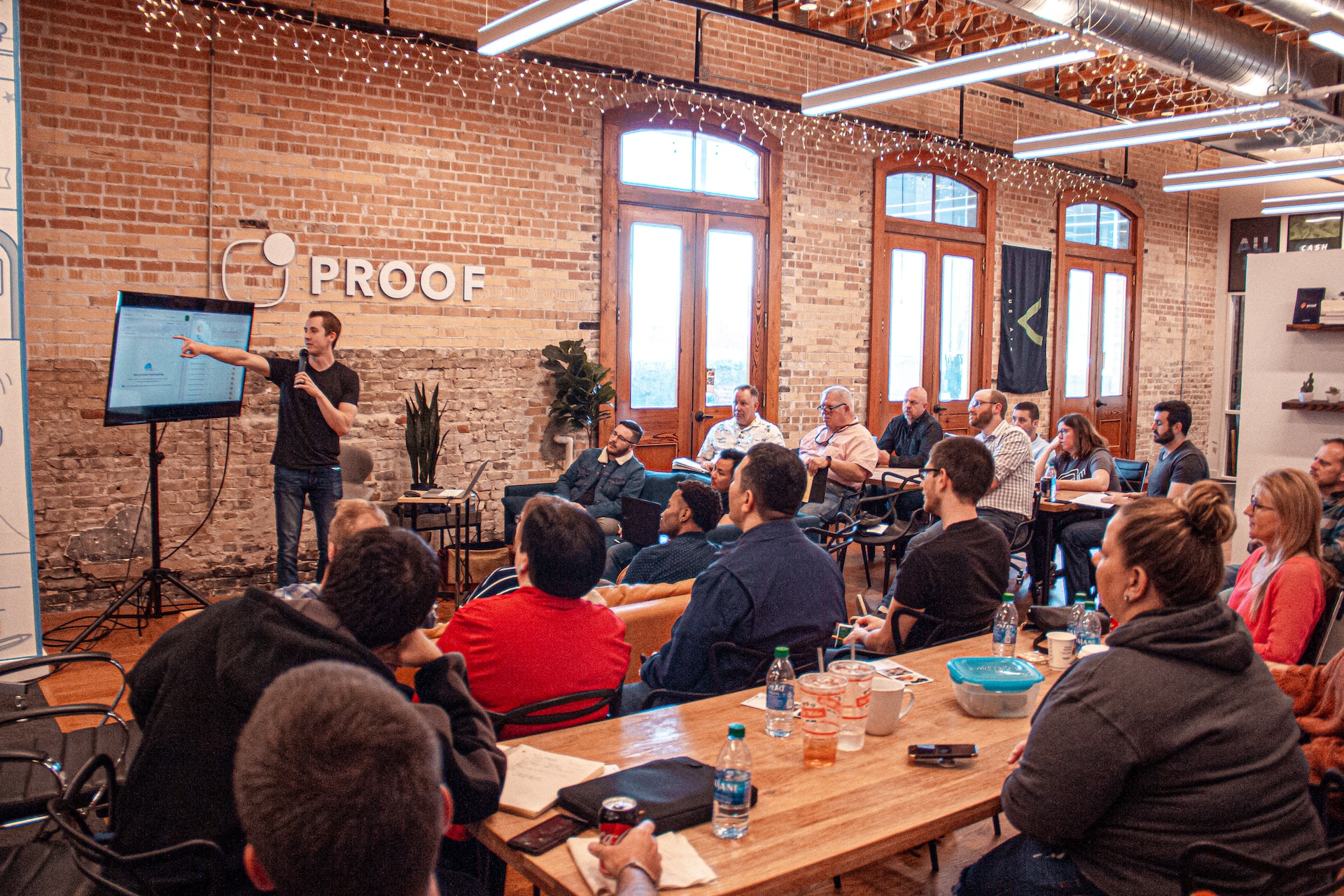With products or services created by design-led companies such as iPhone and AirBnB gaining recognition, product teams nowadays are more aware of the existence of design, and yet many still think of it as something that is of lower priority than engineering or product management.
Continue readingCategory: Design in General
This Book Will Change the Way You Look at Data in Design: Learnings from Reading Designing with Data
How do you feel when the success of your design hinges on metrics? For me, I used to not like it. I felt that it was too rigid and that design shouldn’t be reduced to a number game, which I talked about earlier. Since then, I’d been trying to learn the best practices of integrating data into design, and this book Designing with Data — written by Rochelle King, Elizabeth F. Churchill and Caitlin Tan— helped me understand better the role data plays in product design. I’m sure you’ll benefit a lot from this book, just like I did. Below are my learnings.
Continue readingBe an Excellent Facilitator: Learnings from Reading Communicating the UX Vision
If you want to design the best product or experience for your team, you might want to read Communicating the UX Vision by Martina Hodges-Schell and James O’Brien. It isn’t a book about design thinking, or user research, or interaction design, but a collection of anti-patterns that we designers often exhibit that prevent us from working in the most effective way with the team. Below are my learnings from the book and I’d like to share them with you.
Continue reading5 Examples of Clever Use of Cognitive Biases in Product Design
How can we go beyond visuals when designing digital products?
So far in my blog, I’ve covered two ways to do that: One is to understand the user mental model. Another is to be more cognizant of the relationship between design and metrics. There’s a third way, which is to leverage cognitive biases.
According to verywellmind.com, cognitive biases are systematic errors in our thinking. They are the attempts of our brains to simplify information processing. They serve as heuristics, or rules of thumb, that can help us make decisions faster.
If you’re new to cognitive biases, here are five real-life examples I’ve collected that beautifully illustrate how they can be used in product design. Definitions of the biases below are pulled from Wikipedia.
Continue readingWin the Number Game: Strategies for Data-Driven Design
You are excited about your new design. It certainly looks more beautiful than the production, but when it comes time to A/B test, it doesn’t fare well. Key metrics drop and your craft cannot be shipped.
If you’re a product designer, does this resonate with you? Has something like this happened to you before?
Continue reading

